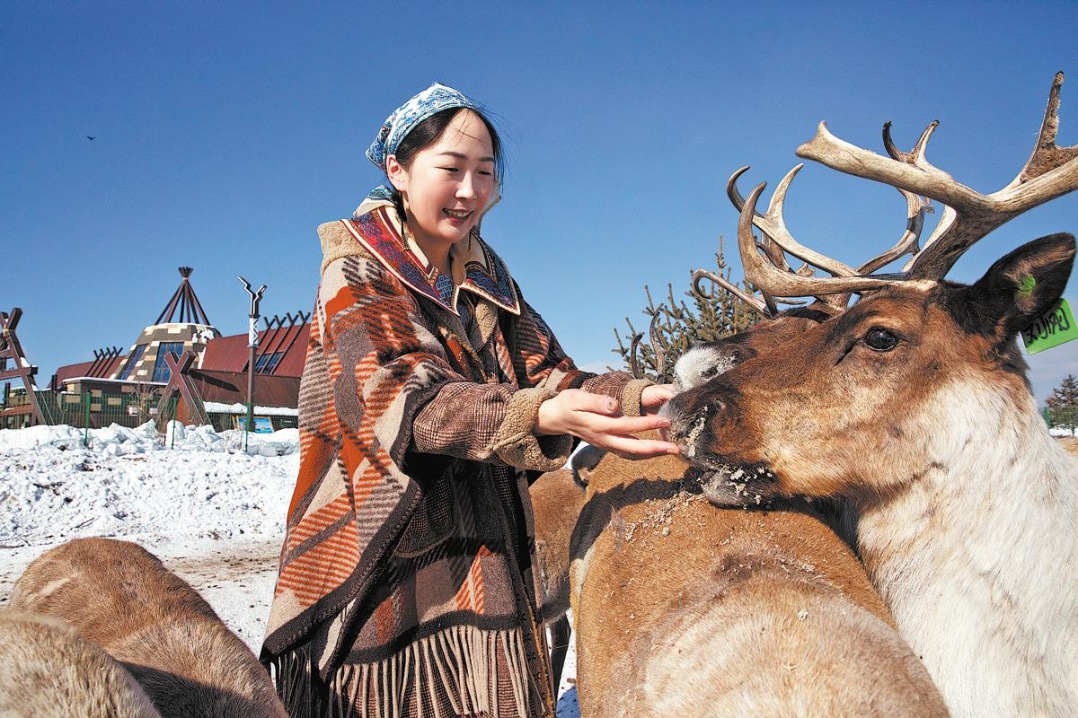US population trend political weather vane
China Daily | Updated: 2021-08-17 07:28

The statistics the US Census Bureau released on Thursday indicate the population of the United States increased to 331 million last year from 309 million in 2010, up 7.4 percent. Notably, despite white people remaining the largest group in the country-numbering about 204 million-their proportion in the national population has declined for the first time since the country started recording its population and demographic structure in 1790, shrinking from 72.4 percent in 2010 to 61.6 percent last year.
The Latino population has swelled fast to 62 million, accounting for 18.7 percent of the national total. In California, Latinos now account for 39.4 percent of the state's population, with white people accounting for 34.7 percent of the population. But the Asian American population increased fastest among all ethnic groups, growing by one-third over the past 10 years, hitting 24 million, about 6 percent of the national total.
The change in the demographic structure of the US, and the aging of its society that has accelerated over the past 10 years will profoundly influence US politics and society, with white people worrying about their shrinking share of the population.
As the population of the so-called ethnic minorities is increasing much faster than that of the white people, it will only be a matter of time for the proportion of the white people to drop below 50 percent of the national total, if the current trends continue.
That should prompt the US government to implement more policies to improve the public services for non-white ethnic groups, bridge the income gaps between them and white people, and address the institutional unfairness in its domestic policies.
The need for the policy change is more acute in the states, such as those in the Rust Belt in the northeastern and central western regions, where the decline of the population, the aging of the society and the widening income gap are overlapping.
Since some states in the central western region can directly determine the direction of presidential and mid-term elections, they look set to become a main battlefield for the two parties in their struggle for power.
In the future, the partisan politics of the US, and the domestic policies of the country will have to adapt to the changes of the demographic structure of the country, which will only serve to further split US society if the problems related to racial discrimination cannot be resolved.
BEIJING NEWS
























